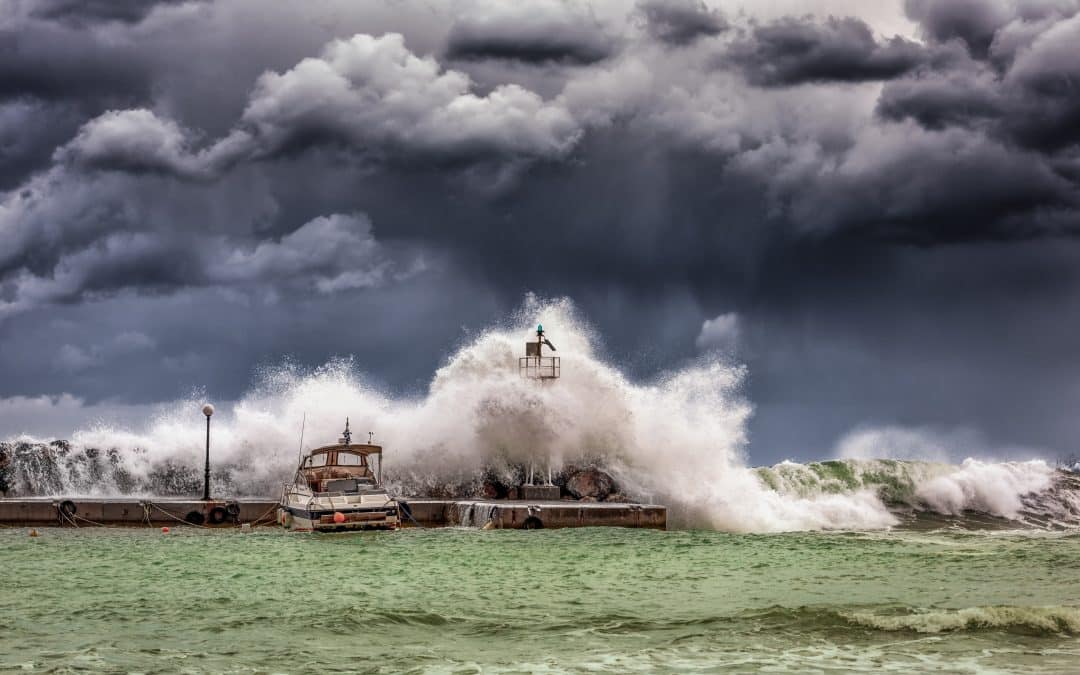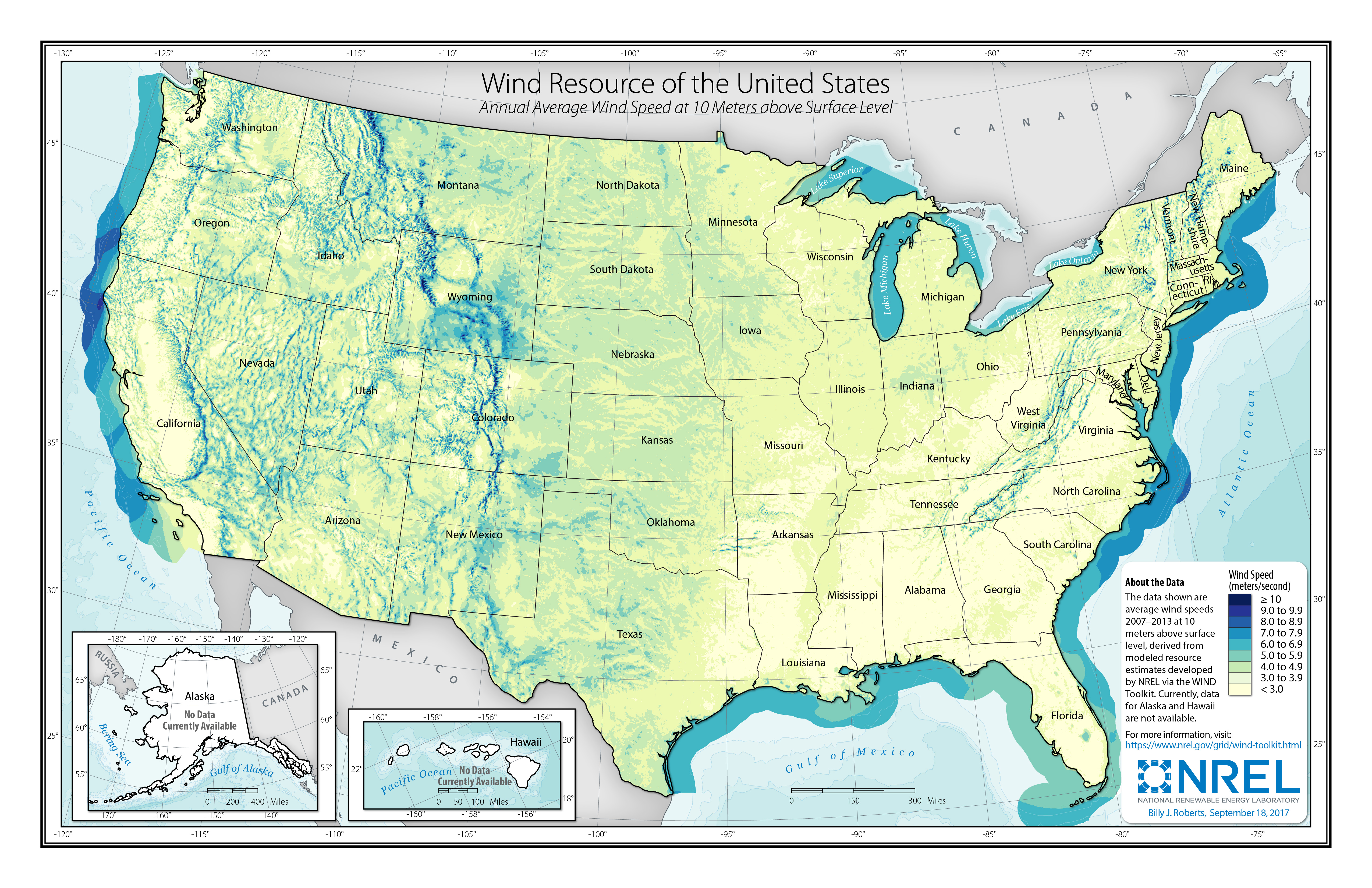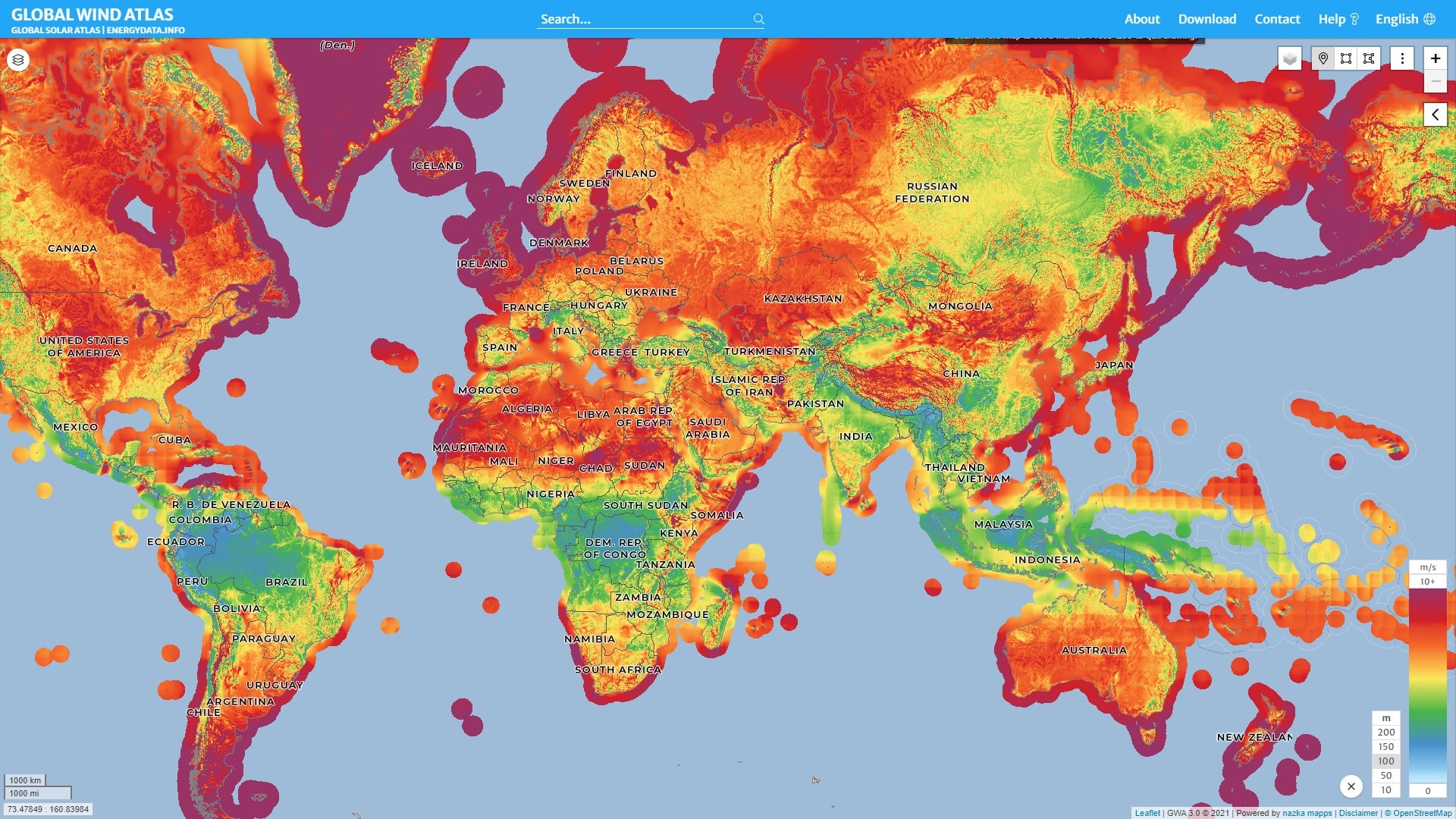VERTICAWIND and SMARTESTORAGE are a Powerful Combination
The implementation of renewable energy sources has become an essential topic in the world’s transition towards a more sustainable future. In this regard, wind energy has emerged as a reliable and cost-effective source of clean energy. Vertical wind turbines (VWTs) have become a popular option for small-scale wind energy production due to their compact design and improved performance in turbulent winds. The combination of VWTs with DC-coupled battery energy storage (BES) has shown promising results in increasing the efficiency and reliability of wind energy systems. In this study, we will analyze the benefits of implementing VWTs combined with DC-coupled BES in industrial locations where the average wind speed is over 8 m/s, along with a cost-benefit analysis including additional revenue opportunities from carbon credits.
Methodology:
To analyze the benefits of implementing VWTs with DC-coupled BES, we will consider the following factors:
Energy production potential: We will estimate the energy production potential of the VWTs based on the wind speed and the rated power of the turbines.
Energy storage capacity: We will calculate the energy storage capacity required to store excess energy produced by the VWTs during high wind speed periods.
Energy cost savings: We will compare the cost of energy produced by the VWTs with the cost of energy obtained from the grid to determine the potential savings.
Revenue from carbon credits: We will estimate the revenue that can be generated from carbon credits obtained by reducing the carbon footprint of the industrial location.
Results:
Based on our analysis, we found that the implementation of VWTs combined with DC-coupled BES can provide significant benefits for industrial locations with an average wind speed of over 8 m/s. The following are the key findings:
Energy production potential: The energy production potential of the VWTs will depend on the wind speed and the rated power of the turbines. For an average wind speed of 8 m/s, the VERTICAWIND 5 kW VWT can produce approximately 28,000 kWh of energy per year. The energy production potential can increase significantly for higher wind speeds.
Energy storage capacity: The energy storage capacity required to store excess energy produced by the VWTs will depend on the energy production potential and the demand for energy at the industrial location. For a 5 kW VWT, a 10 kWh BES can be sufficient to store excess energy during high wind speed periods. Such a battery energy storage system can also meet regular power consumption peaks even in the case of an outage.
Energy cost savings: The cost of energy produced by the VWTs will depend on the initial investment and the maintenance cost of the system. However, the cost of energy produced by the VWTs is expected to be lower than the cost of energy obtained from the grid, resulting in significant cost savings for the small industrial location.
Revenue from carbon credits: The implementation of VWTs combined with DC-coupled BES can significantly reduce the carbon footprint of the industrial location, resulting in additional recurring revenue opportunities from carbon credits. The revenue generated from carbon credits will depend on the carbon price and the amount of carbon dioxide emission reduction achieved by the system. Currently the California Compliance Carbon Credit Market pays $29.18 per ton of CO2 not produced.
Cost-Benefit Analysis:
To perform the cost-benefit analysis, we will consider the initial investment, maintenance cost, energy cost savings, and revenue from carbon credits.
Initial investment: The initial investment for a 5 kW VWT with a 10 kWh DC-coupled BES can range from $30,000 to $40,000, depending on the specific design and components used.
Maintenance cost: The maintenance cost for the VWTs and BES will depend on the specific design and components used. However, the maintenance cost is expected to be significantly lower than the maintenance cost for traditional wind energy systems.
Energy cost savings: The implementation of VWTs and BES can result in significant cost savings due to the reduced reliance on traditional energy sources. In the case study, the implementation of VWTs and BES resulted in a cost savings of 19.6% of consumed energy from the grid per year. This means a Return on Investment in less than 5 years just from energy costs. Less than 5 years because energy prices are rising.
Additional benefits: Recurring carbon credits, energy security, and improved energy efficiency, reducing the risk of power outages and disruptions and improving the overall energy efficiency of the system.
When combined with solar energy, the numbers are even more favorable.
The key with vertical wind turbines is to implement them where there is enough constant wind throughout the year to make the investment feasible.
Here is a wind map from NREL where estimates can be made, but specific measurements on site are necessary to determine the actual wind speed.
Elevation also plays an important role, as wind speeds differ on the ground, 10m above ground, 40m above ground, and the higher we go the faster the wind becomes.
Vertical wind turbines may be elevated on poles, towers, or places on rooftops if it is economically justified.
Also, take a look at the Global Wind Atlas below:



